IMDEA Networks

Archives: Events
Adaptive Modulation for Finite-Horizon Multicasting of Erasure-coded Data
We design an adaptive modulation scheme to support opportunistic multicast scheduling in wireless networks. Whereas prior work optimizes capacity, we investigate the finite horizon problem where (once or repeatedly) a fixed number of packets has to be transmitted to a set of wireless receivers in the shortest amount of time -- a common problem, e.g., for software updates or video multicast.
Read more arrow_right_altUnderstanding the Reachability of the IPv6 Limited Visibility Prefixes
The main functionality of the Internet is to provide global connectivity for every node attached to it. In light of the IPv4 address space depletion, large networks are in the process of deploying IPv6.
Read more arrow_right_altLecture on Advanced topics in Internet Routing with BGP
The Border Gateway Protocol (BGP) is the protocol used among Internet Service Providers to provide IP connectivity among and across their networks. In this course, we will first review the basics of Internet routing with BGP.
Read more arrow_right_altHandoff Prioritization Schemes and TDMA Scheduling in Wireless Networks
Handoff is a key element in the wireless cellular networks in order to provide Quality of Service (QoS) to the users and to support users’ mobility. Handoff failure will result in the forced termination of an ongoing call. From the user’s point of view, the service of a handoff request is more important, as the forced termination of an ongoing call is more annoying than the blocking of new calls. Therefore, in order to support QoS to the users and to provide ubiquitous coverage, the handoff procedure should be further investigated. The aim of this lecture is to provide a comprehensive survey of the basic elements, the different types and phases of the handoff procedure.
Read more arrow_right_altThe TREND PhD School in GREEN NETWORKING
The EC FP7 Network of Excellence TREND (Towards Real Energy-efficient Network Design - see http://www.fp7-trend.eu/ ) organizes a PhD School in the field of energy-efficient networking, encompassing all issues that relate to a wiser, more parsimonious, approach to energy consumption in networking.
Read more arrow_right_altEnergy-Efficient Wireless Access Networks
Energy efficiency is one of the great technological challenges of our times. Recently, the concerns for the environmental consequences of the huge rate with which energy is consumed is leading to the awareness that electricity consumption and waste should be reduced in all sectors. The ICT (Information and Communication Technology) sector makes no exception, since it is becoming a major component of the worldwide energy consumption budget.
Read more arrow_right_alt
Content centricity as central paradigm in Content Networking
The concept of Content Networks (CN) has extended Content Distribution Network (CDN) research in order to also comprise other aspects beyond delivery optimization. One central element of this research is the recognition that users are ultimately interested in the content (or a piece of information) and not any specific copy. This resulted in research on content addressing that allows general content access, i.e., the goal is retrieving content (or information) rather than routing of packets between end hosts. This is called Content-Centric respectively Information-Centric Networking (CCN/ICN). For some time these concepts have been explored for the better provision of and access to content services.
Read more arrow_right_altRecouping Opportunistic Gain in Dense Base Station Layouts Through Energy-Aware User Cooperation
To meet the increasing demand for wireless capacity, future networks are likely to consist of dense layouts of small cells. Thus, the number of concurrent users served by each base station (BS) is likely to be small which results in diminished gains from opportunistic scheduling, particularly under dynamic traffic loads. We propose user-initiated BS-transparent traffic spreading that leverages user-to-user communication to increase BS scheduling flexibility.
Read more arrow_right_altAddressing resource issues in new live video streaming systems
The delivery of live video streams over the plain old best-effort Internet is a major challenge. This talk deals with the issue of under-provisioning in the main delivery platforms, i.e. when the equipments that are in charge of delivering the video do not have enough upload capacity to serve all clients.
Read more arrow_right_altJornadas REDIMadrid 2008 – Investigación de frontera en red
The objective of these symposia is to celebrate idea-sharing sessions on the importance of the technological medium of telematic networks in general, and of the REDIMadrid network in particular, for the development of leading research activity at World level. The collaborative support on the activity of distributed research groups, GRID environments, distributed super-computers and scientific databases are examples of its application to almost any field of scientific research. Two emerging areas of research will be the focus of attention: the e-medicine and the e-participation.
Read more arrow_right_alt

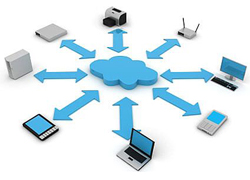
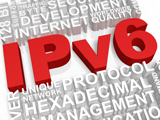





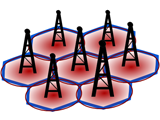
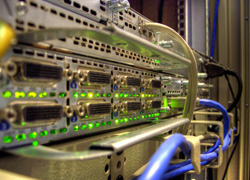
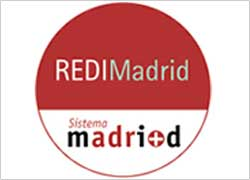
Recent Comments